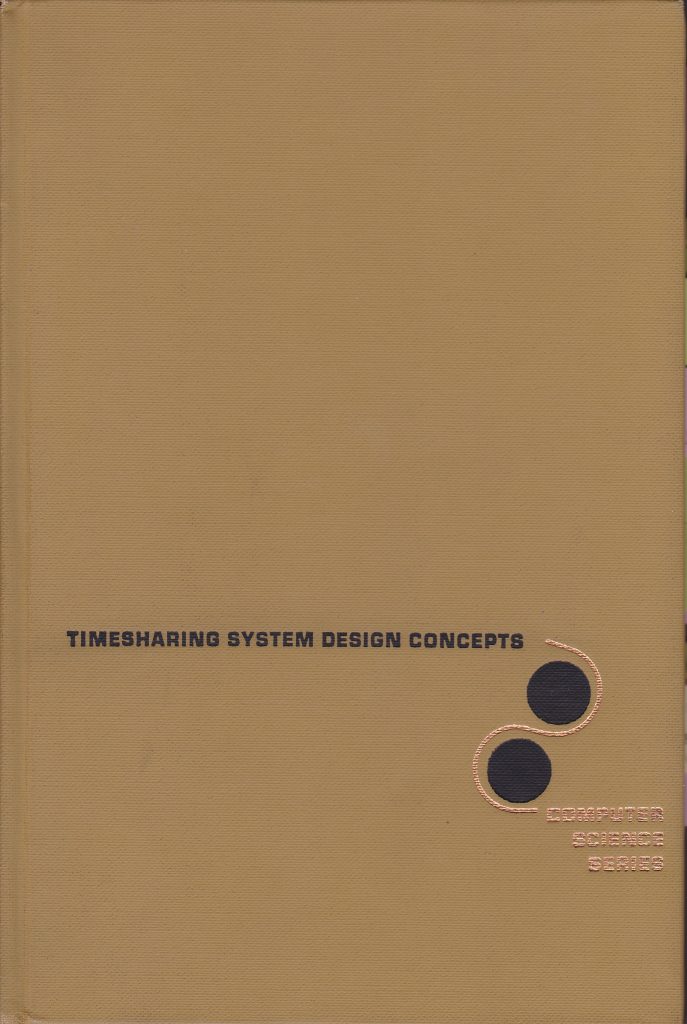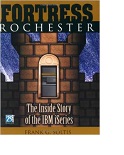
The 62nd Design Automation Conference (DAC 62) took place in San Francisco, California, USA, from June 22 to 25, 2025. It was the first time in three years that I attended the DAC (this blog is a little bit late, sorry for that). For those that do not know, the DAC is the biggest show in EDA, combining a major research conference with an industry exhibition and engineering track. This year the theme was AI (Artificial Intelligence), and not much else.
Continue reading “DAC 2025 – All About AI”







 For the longest time, the IBM Journal of Research and development, and its entire archive, was online at IBM and for free to access. This publication was, I assume, seen as a way to publicize IBM systems and their research efforts. But now, it has unexplicable gone to a for-pay format.
For the longest time, the IBM Journal of Research and development, and its entire archive, was online at IBM and for free to access. This publication was, I assume, seen as a way to publicize IBM systems and their research efforts. But now, it has unexplicable gone to a for-pay format.  Unknown to most, IBM has one of the world’s longest records of using virtual platforms for software and firmware development and verification. This project has been ongoing since at least the days of the zSeries 900 machines, through z990, z9, and now z10. An excellent article on this virtual platform and its uses is found in the
Unknown to most, IBM has one of the world’s longest records of using virtual platforms for software and firmware development and verification. This project has been ongoing since at least the days of the zSeries 900 machines, through z990, z9, and now z10. An excellent article on this virtual platform and its uses is found in the